
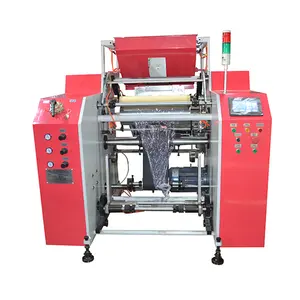
Automatic Rewinder For Stretch Film Fully Automatic Stretch Film Rewinder For 18 Kg Stretch Wrap Film And Pallet Stretch Film Roll


10-30kg Screw Bolt Nail Blind Rivets Fastener Weighing Filling Cartoning Packing System


YS-J2022T High Speed Intelligent Electric Brushless Thread Trimmer Machine With Induction Device Thread Cutting Machine


REALTOP Maquina Corte Automatico Textil Cortadora De Tela Maquina Para Corte De Tela Textil

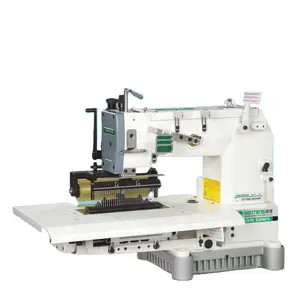
ST 008 33048 P/VPQ 33 Needle Elastic Sharring Multi-needle Industrial Sewing Machine Decorative Smocking Sewing Machine 48/52kg

DT 008-12064P/VSQ/VSM/DL 12 needle electronic auto bottom elastic shirring smocking sewing machine

QS-1412PSM-PTV 12 needle flat bed multi-needle smocking pleating pintuck industrial sewing Machine

YS-008-12064P 12 Needle Mulit-Needle Decorative Smocking Machine Industrial Sewing Machine

BR-VC008-12064VPL 12 Needles computerized electronic automatic bottom elastic shiring smocking sewing machine

GOLDEN CHOICE VC008-33048P/VSQ/VSM 33N bottom elastic shirring smocking machine

Automatic Srzj-416 Islamic Clothing Smocking Pleated Machine Cheapest 516 Paper Fabric Skirt Pleats Making Pleating Machine
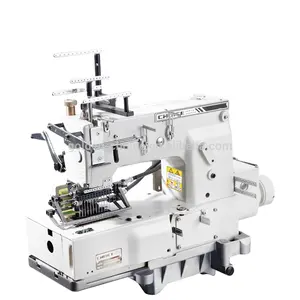
GC1412PSM 12 Needle Flat Bed Multi Needle Smocking Industrial Sewing Machine

Computerized blinds pleating crimping textile fabric machine smock pleats Cloth Skirt sewing machine

Textile rotary DRZJ-816 Garment smocking pleater machine automatic DRZJ-217 knife fabric cloth pleating machine

JK008-33048P/VSQ/VSM 33 needle bottom elastic shirring smocking machine, 3/16", 4.8mm

FHSM-201 mini electric hand held smocking stitch sewing machine manual
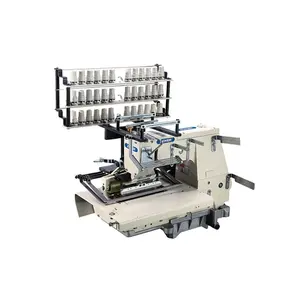
ZY1033PSM Zoyer 33-needle flat-bed double chain stitch sewing machine with shirring and smocking Industrial embroidery machine
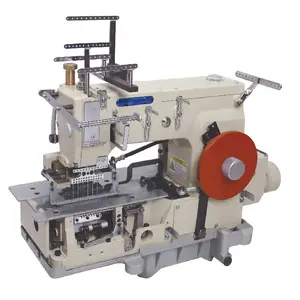
1412PSM-S 12 needle multi-needle smocking sewing machine

Automation 416 Model Smocking Pleater Mini Pleating Machine Fabric Pleating Machine

small fabric pleating 217 polyester mesh pleating machine smocking pleater machine

33 Needle Elastic Sharring Multi-needle Industrial Sewing Machine Decorative Smocking Sewing Machine For Sale

Manufacturer HuaEn ZJ-516 two in one fabric accordion blind sunray sunburst pleating machine smocking pleater machine

Used kansai special BX-1033 PSSM Double Chain Stitch 33 needle smocking machine muti needle industrial sewing machine

sawing machine clothes sewing sewing machine stitch smocking sewing machine

High Productivity Siruba VC008 Series 12-33 Needle Smocking Multi-needle Chain Stitch Sewing Machine

Automatic ZJ-416 Islamic Clothing Smocking Pleated Machine Cheapest 516 Paper Fabric Skirt Pleats Making Pleating Machine

New Four needles six lines machine jeans shirt slacks raincoat sewing machine double needle durable smock sewing machine
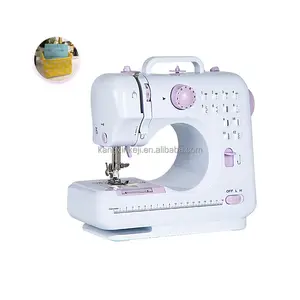
Electric home stitch smocking sawing clothes sewing machine

816 Fabric Pleating Machine Smocking Pleater Machine
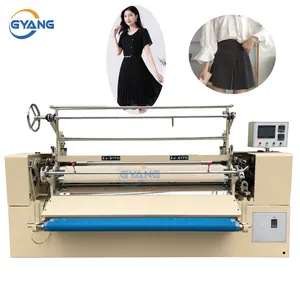
Mini Fabric Pleating Machine Automatic Dress Skirt Pleating Smocking Machine

Smocking Fabric pleating machine

Japan brand multi-Needle Shirring and Smocking Machine 1033 33 needles machine

GC0303D multi purpose precious smocking sewing machine walking foot machine




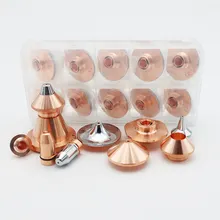




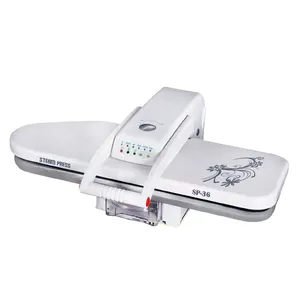
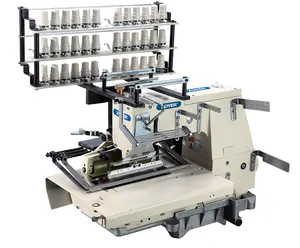


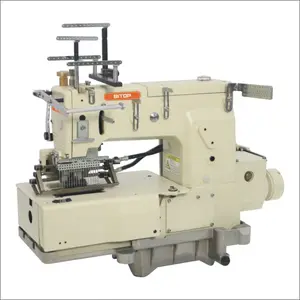
















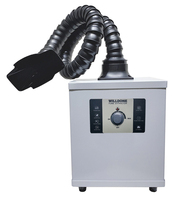










 浙公网安备 33010002000092号
浙公网安备 33010002000092号 浙B2-20120091-4
浙B2-20120091-4